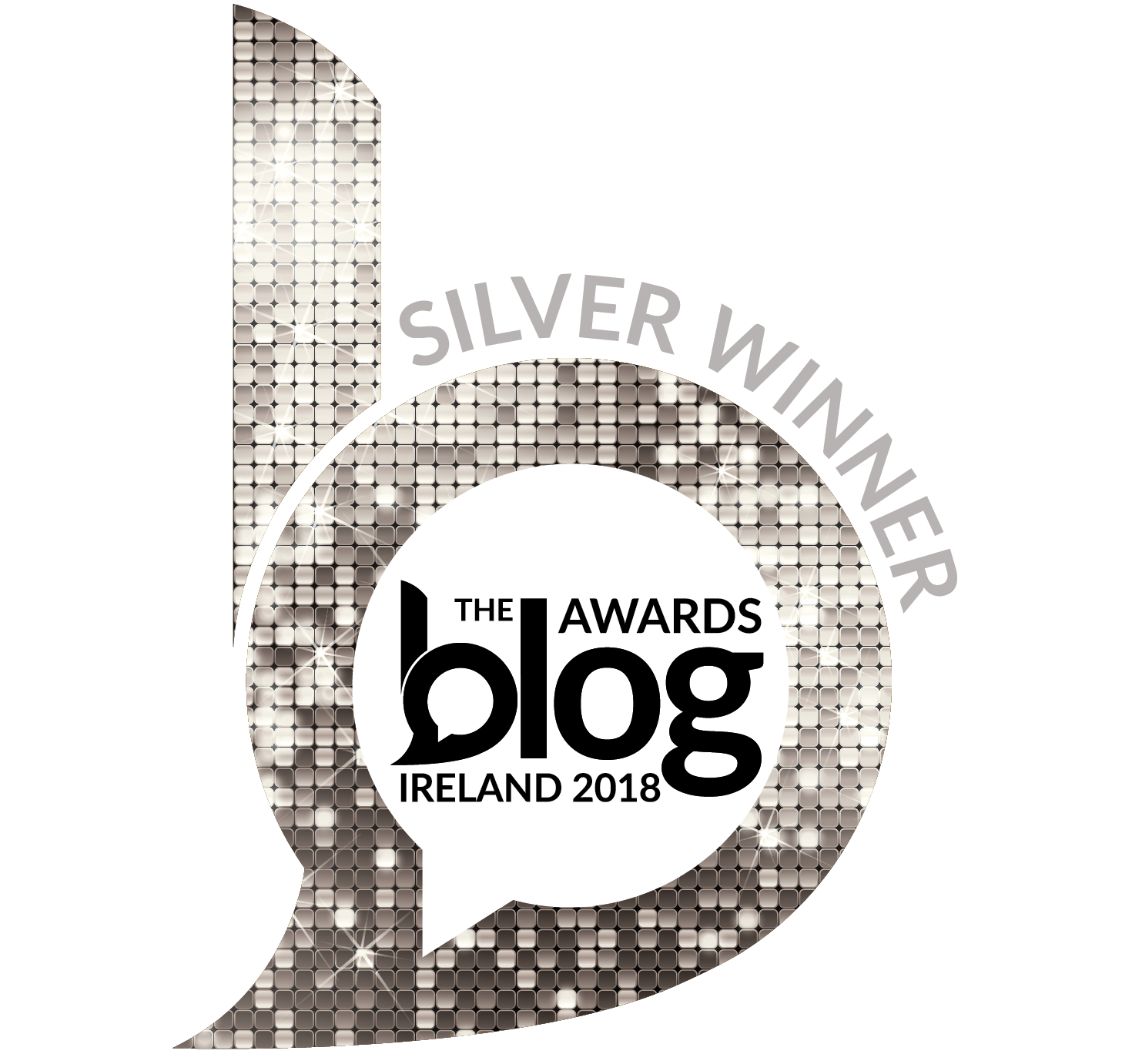Thanks to the new media landscape forged by the Internet and social media a new era of two-way street conversations began. Everyone can now publish content and stories and reach a global audience in real time. This empowerment of individuals to have their demands heard has led to a fundamental shift in how brands are expected to behave and communicate.
media landscape forged by the Internet and social media a new era of two-way street conversations began. Everyone can now publish content and stories and reach a global audience in real time. This empowerment of individuals to have their demands heard has led to a fundamental shift in how brands are expected to behave and communicate.
More so than ever, businesses need to be innovative and clever with their communications approaches in order to really reach and deeply engage their audiences, because as Gary Vaynerchuk explains in his 99u keynote talk below, it's a noisy, fast-paced world out there.
Even a robot print newspaper that is generated almost entirely by algorithms based on social-sharing activity and other user behaviour by the paper’s readers is coming to market.
So, if this is the future of the media and considering that PR has always been about influencing organisational audiences and particularly the media, how can then PR influence robots?
Well, it can't.
But it can influence that social-sharing activity and behaviour of readers.
How?
By harnessing the power of storytelling.
Vaynerchuk says that the one thing that binds us together, regardless of our professions and backgrounds, are the stories we tell. That is never going to change because great storytelling is the way we make real money, real impact and real change. And there's a very simple reasoning behind this: we are all human beings.
What I found pretty funny is that according to Vaynerchuk the majority of organisations and professionals "are storytelling like it's 2007 in a 2014 world".
The fight for attention
The big challenge today is to tell a story in micro moments at the right time on the right platform. Our everyday life is based on the notion of time famine - we are always busy, we never have time, so we never really sit down and focus on a particular piece, we just continue to scroll down and consume with hyper speed.
But what's even more prevalent is how and when we choose to consume or not to consume that content - we've got our devices to skip ads, shows or news and individually decide what it is that we want to watch or read on our own time by ignoring what we don't want to and when we don't want to.
Time is our most important asset.
This means, capturing the attention of audiences has become close to impossible.
We are therefore experiencing a culture shift in digital storytelling called "breaking news storytelling" - to get people's ears and eyes where you want them to be you need to act quickly basing the content on people's actions, behaviour and interests.
People are different. Networks are different. Is your approach different?
But the biggest storytelling mistake we are currently making, is the exclusive focus on content.
The majority of professionals and businesses are looking at social networks as distribution - basically treating them as email.
However, to start making progress in our increasingly social world, we need to start respecting those networks and understand why and how context on each one of them matters.
People react to the exact same messages differently on Facebook, Pinterest or Instagram, so it is essential that we start analysing the psychology of why people are on that particular network at that particular time - because each of these networks is very different from the other one.
This is why storytelling needs to be tailored differently for each platform - with different visuals and different copy that are mapped to the psychology, not the number of users.
In another interesting speech with a focus on storytelling for sustainability, Jonah Sachs explains how "the stories we are telling are as important as what we are selling", because only stories have the ability to shift society by changing values, activities and habits and driving consumer engagement, activation and loyalty.
Stories on steroids with everyday people as heroes
Sachs talks about the history and importance of myths in society and economy.
Myths, or "stories on steroids" as I would call them, transform behaviour allowing people to identify with the brands that have created those myths. In the broadcasting era of one-way top-down communications, brands were presenting themselves as the heroes who come 'to save the day' in those myths.
But today people are choosing what to listen and believe to. This is the 'survival of the fittest landscape', where the heroes are everyday people who in their own way make the world a better place.
Innovative, but also intelligent approach to storytelling can challenge your audiences and persuade people to take a particular action or simply make them think.
The content needs to obviously be targeted to the audience's interests, but it also needs to be relevant, exciting, funny, cool, informative, etc. Not all stories can be sexy or groundbreaking, but they need to provide meaning and value, they need to be important and interesting, authentic and genuine.
Because good stories start conversations.
Which brings us to an important question: Now that we know why we need great storytelling in this fast-moving, always-on world of social media, how do we craft those stories on steroids with ordinary people as the heroes? How do we develop stories that not only get read or consumed, but passed on and shared?
This practical bit starts with a great guide from The New Yorker.
What makes good stories
Two simple features determine the overall success of a story: positivity and arousal, or how positive the message is and how much it excites its reader or consumer.
Stories that evoke emotion, especially positive and happy feelings, are the ones that get remembered and passed on more than regular, less amusing stories.
However, the scope of the emotion that arises also matters - content that gets you extremely angry or highly anxious has a very high sharing ratio too.
Nevertheless, stories with a position notion (such as surprise or inspiration) perform better in popularity than such with a negative one.
Being contagious and going viral
Apart from emotion, arousal and positivity, the New Yorker article goes on to explain some more of Jonah Berger's essential elements to make your voice heard: social currency, memory-inducing trigger and quality of the story.
Going viral or being talked about a lot is particularly important in the world of communications and marketing because it is word-of-mouth (WOM) that is the best sales tool.
We talked about emotion, arousal and positivity in the previous paragraphs. Here's what you need to know about the other factors:
- Social currency is about making people feel smart and 'in the know' with a "subtle insider signal" - an example here are memes of LOL cats.
- Memory-inducing triggers are based on the fact that we tend to share the things that we're thinking about, i.e. the things we remember. What works here are stories that are bizzare or list-type content that easily sticks to mind.
- The quality of the story itself or what makes it more worthwhile than the other is the underlying factor - catchy headlines might get readers attention, but it's only the narrative that sustains it. As Vaynerchuck says, "quality storytelling always wins".
I haven't read Berger's book (yet), but as I am naturally very curious I googled it and discovered another brilliant talk, where Berger himself explains the six key principles behind why things catch on, i.e. drive WOM.
Having done some rigorous research, Berger has identified the STEPPS that determine the psychology of talking and sharing, or basically why and what messages become contagious, i.e. get more talked about and passed on than others.
Notably, the last element is storytelling and I would argue that it is the most important one, as it is the best avenue to present and make use of the other five and because these five should form the base of any great story:
- Social currency: making people feel that they are cool insiders
- Triggers: everyday reminders of an item or idea
- Emotional resonance: making people want to share the experience with friends
- Observability: a highly visible item that advertises itself
- Usefulness: people like to share practical or helpful information
- Storytelling: embedding a product or an idea in a narrative to enhance its power
As it turns out, it all comes down to one thing then - acknowledging your audiences as human beings and acting upon as a human being. But how do we put all that science behind great stories into an applied art?
Putting the story to life: tools, formats and the very practical bit
The final part in the quest to harnessing the power of storytelling are the practical tools and formats you choose to put your story to life, basically how you create the content that will include all the principles and assets we've already identified above.
There's much you can find online about content creation, but I want to show you one particular infographic that includes some good advice - you can find it at the end of the post.
Obviously with the mass of media channels out there, you've got so many choices - do you chose articles, blog posts, videos, press releases, Facebook posts, Vines, Instagram images etc. etc.?
I've already explained why visual content is king and given tips on writing.
Here's another example how you can take your visual storytelling to the next level - by creating animated infographics such as this one that explains how Google works. Pretty cool and it will definitely make your story stand out.
Another thing you can do to spark your creativity and become a better storyteller is to read more fiction. Don't believe me? Check out this piece by Gini Dietrich on Spin Sucks.
My next post is going to talk about how to create the perfect social posts, so it should give you some more food for content thought. Stay tuned!
Essentially though, it all depends on the story you want to tell.
You need to choose the most suitable format that not only captures your story, but also makes it relevant, sharable and value-adding to your audiences there, where they are active.
Creativity + Data = Added Value + Authentic Human Connection
The key learning of this pretty extensive piece is this: storytelling is as much about being creative and innovative as it is about being clever and making use of data - psychographic and psychological.
We need to add emotional value in the way a human would, not a brand. Everyday human connection that is authentic and based on listening is the art and science behind capturing and sustaining attention via storytelling.
(Click on the infographic for a larger view)
Infographic by Web Search SEO







